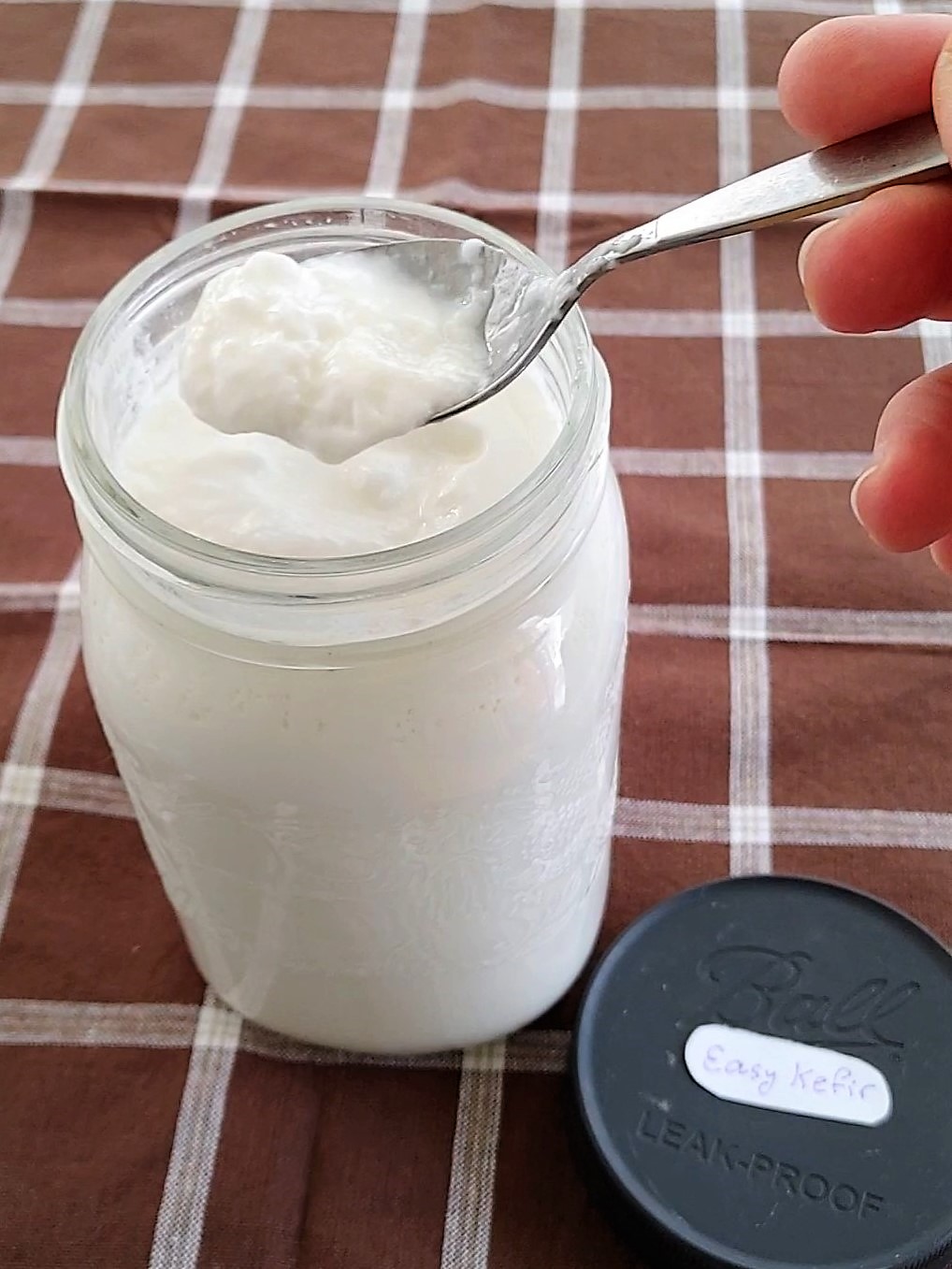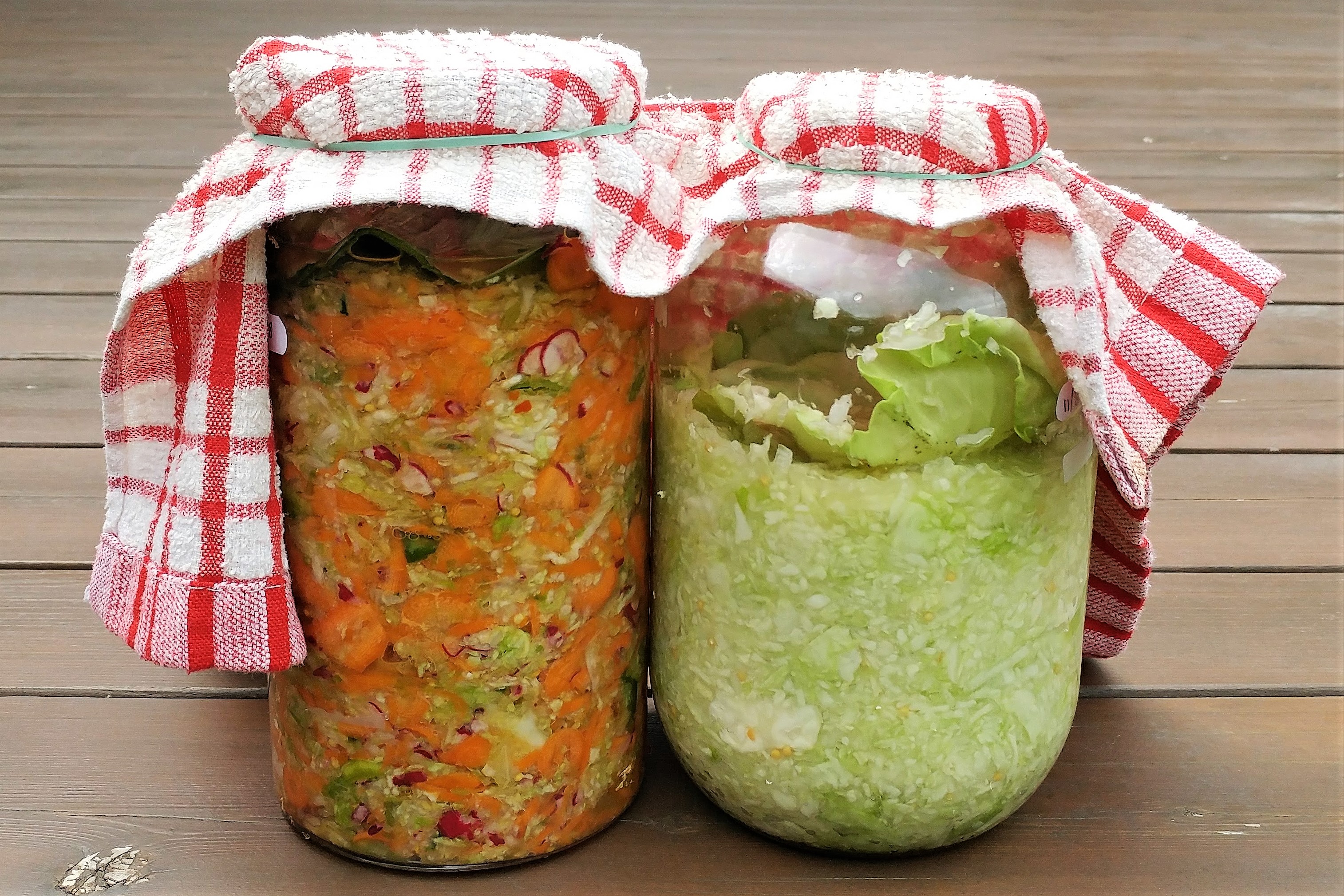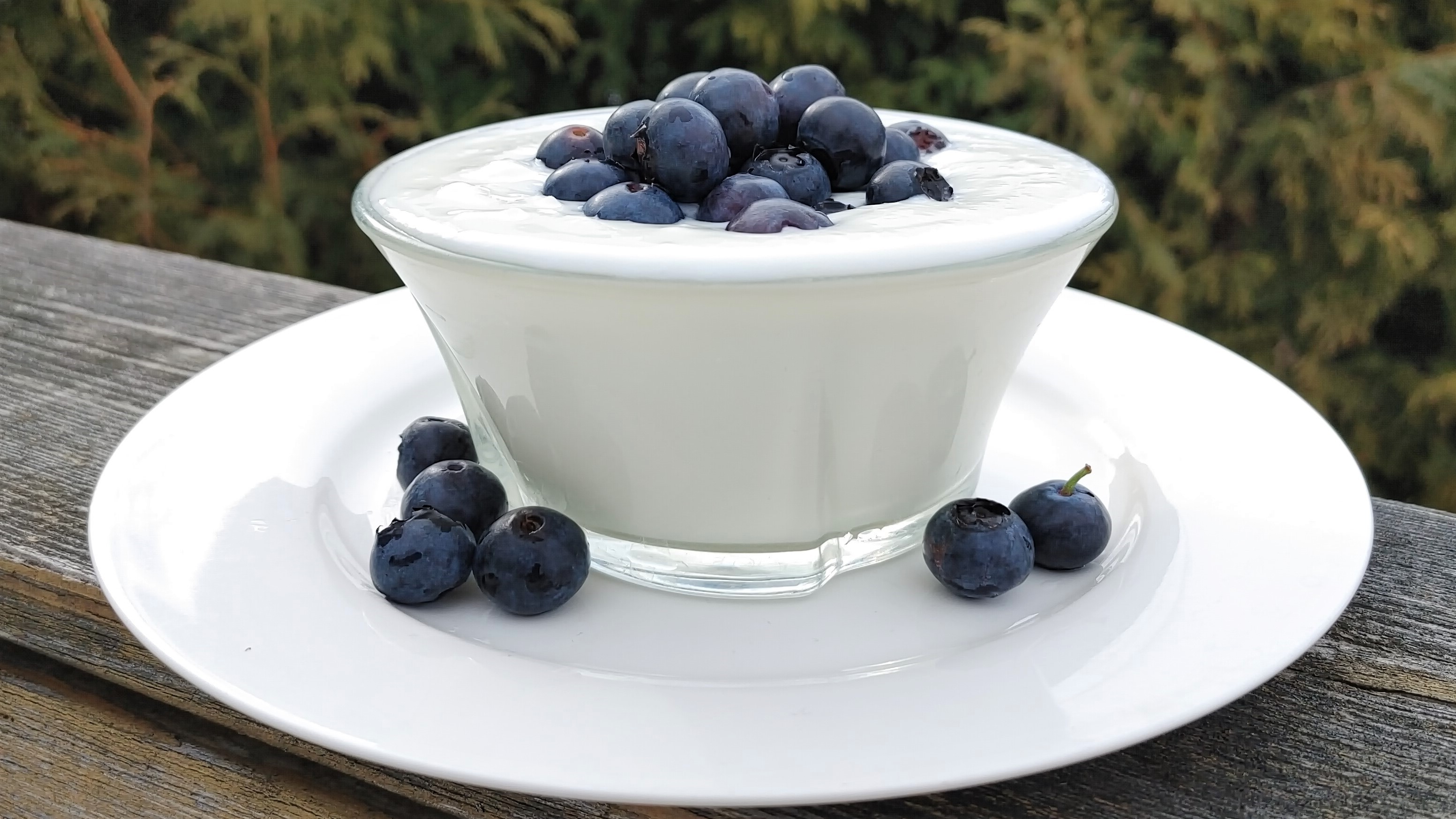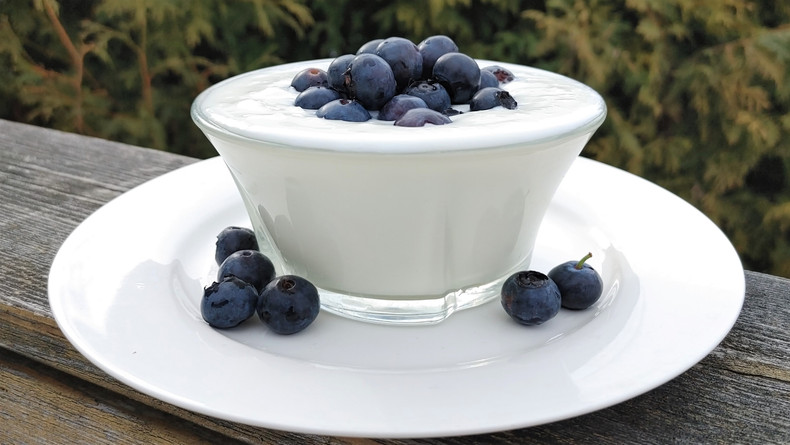



There is a growing interest in homemade cultured foods.
But not all cultured foods are created equal when it comes to difficulty level.
Some cultured foods are simpler to make than others, and that's what we're after today.
Below is a shortlist of 5 cultured foods that are simple to make.
We've included difficulty level, required equipment, and care tips.
Let's get into it.
1. KEFIR
- Difficulty level: super easy
- Fermentation temperature: room temperature
Kefir is a pourable cultured dairy, abundant with live beneficial microorganisms. Read about its benefits.
While overall similar to yogurt, kefir is fizzier, tarter, yeastier, and thinner. It's by far the easiest to make of all homemade cultured foods.
How to make it? Add a powdered starter to dairy milk and let it culture for 24 hours on your counter. No special equipment needed. No special care.
2. YOGURT
- Difficulty level: easy
- Fermentation temperature: standard yogurt-maker temperatures
Homemade yogurt is a rich, nourishing food you can easily make at home.
How to make it? Add our probiotic yogurt starter to dairy milk and culture in a yogurt maker for about 8 hours. You will need a standard yogurt maker. Special care: You will need to heat the milk and let it cool before culturing.
3. KEFIR SODA
- Difficulty level: easy
- Fermentation temperature: room temperature
Kefir Soda is a refreshing, naturally sparkling probiotic beverage, much easier to make than kombucha or water kefir, to both of which it bears some resemblance.
How to make it? Add powdered Kefir Soda Starter to fruit juice or coconut water and let it ferment for several days at room temperature. You will need resilient flip-top brewing bottles that can handle high pressure, and you will need to burp them gently often to release pressure.
4. SAUERKRAUT
- Difficulty level: easy
- Fermentation temperature: room temperature
Of all cultured foods, sauerkraut is probably one of the most popular. It's a flavorful traditional condiment made of cultured shredded cabbage.
Cultured vegetables are a great source of probiotics.
How to make it? Shred the cabbage and submerge it under a brine. Let the jar culture for several days to a week or so at room temperature. A starter will help optimize the process. A food processor will come in handy. Check your jar from time to time to make sure the vegetables are submerged under the brine.
5. KIMCHI
- Difficulty level: fairly easy
- Fermentation temperature: room temperature
Kimchi is similar to sauerkraut but includes other vegetables such as onions, leeks, ginger, garlic, radishes, carrots, and hot peppers.
Kimchi originates in Korea.
Cultured vegetables are a great source of probiotics, but if you've never made cultured vegetables before, start with sauerkraut.
How to make it? Shred vegetables and submerge them under a brine. Let the jar culture for several days to a week or so at room temperature. A starter will help optimize the process. A food processor will come in handy. Check your jar from time to time to make sure the vegetables are submerged under the brine.
Did you know?
Homemade cultured foods make for delectable treats: Add fruit and nuts to yogurt, use kefir in smoothies, and make healthy floats with your Kefir Soda.
Sauerkraut and kimchi will be great in a salad.
Enjoy your cultured foods!

